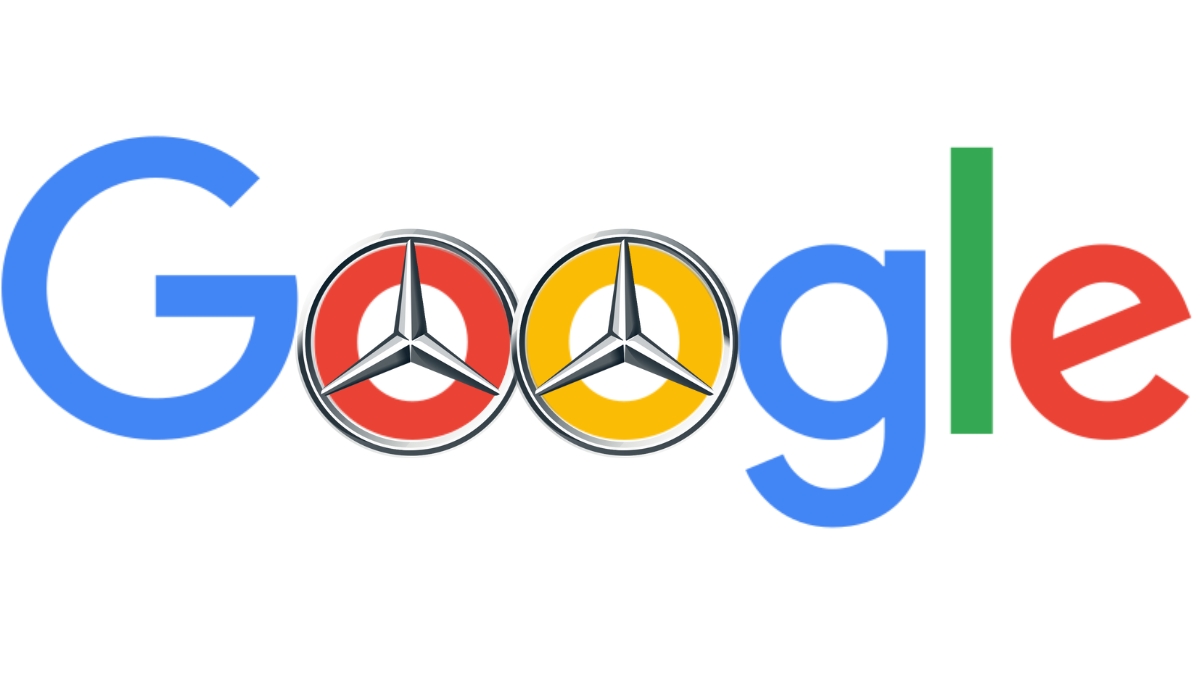Mercedes Is Teaming Up with Google for Its AI-Based ‘Conversational Navigation’

In recent years, artificial intelligence has become a hot topic across industries, including the auto world. Car companies have started adding AI-powered features, with some standing out more than others. Mercedes-Benz has been particularly enthusiastic about AI, starting with its integration of ChatGPT last year.
Mercedes took things further by adding a ‘general knowledge’ function to millions of cars, powered by OpenAI’s large-language model. Now, they’re introducing something that could be even more useful—a new ‘conversational navigation’ feature developed with Google Cloud’s Automotive AI Agent.
Mercedes-Benz CEO Ola Källenius revealed this new feature during an event at the company’s Silicon Valley research center. This new assistant, set to launch in the next Mercedes CLA, will let drivers naturally chat about destinations like restaurants and charging stations.
Unlike the current MBUX Virtual Assistant, which follows simple commands like ‘Find me the nearest Starbucks,’ the updated version can handle more complex questions by tapping into Google Maps’ extensive database.
For example, while the current system can route you to a specific location, the new assistant can answer open-ended questions such as ‘Where’s a good spot for French cuisine near a cinema?’ It even remembers the conversation, allowing for follow-ups without starting over.
This new feature will first appear in the Mercedes CLA, which will also debut the company’s latest electrical architecture and software. After that, Mercedes plans to roll it out to millions of existing cars through an over-the-air update.
Even though this new AI assistant will enhance navigation, Mercedes isn’t ditching ChatGPT. Both systems will work together seamlessly. From the user’s perspective, it’s as simple as saying ‘Hey Mercedes’ to get started.
Mercedes plans to make these AI features easy to use, aiming for a level of simplicity that even a child or a board member could manage, according to Källenius. The goal is to make the system intuitive, especially for situations where it’s hard to use a phone while driving.
If this feature lives up to its promise, it could be a game-changer, especially for finding charging stations or dining options on the go.
Have something to add? Let us know in the comments below!
